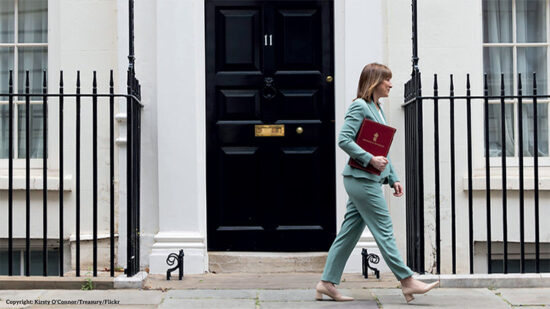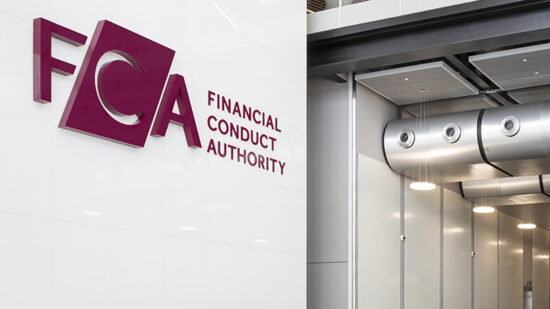Following Brexit, investor outflows started to accelerate and fears rose, fuelling mainstream media attention and investor concern. This boosted negative sentiment in the sector and sparked fears of a slump in the property market.
Property fund managers erected exit barriers to try to protect their unit holders from a fire sale in the underlying assets.
By its nature, property is an illiquid asset – it can take more than six months to buy or sell one building. This mismatch with daily dealing open-ended funds can, in extremis, cause runs where funds cannot keep up with the flood of redemptions.
Cooling enthusiasm
Our enthusiasm for open-ended property funds has cooled over the past year, due to the massive inflows into these vehicles during 2014 and 2015. We thought this was unsustainable.
Open-ended property funds are as much hostage to inflows as they are to outflows: so we are sceptical that the properties purchased with this wave of money were always quality assets. If we are right, the risk of these property portfolios is potentially higher than that measured by risk modelling.
Due to the truly active management of our discretionary fund management (DFM) portfolios, our managers were able to take profits tactically as valuations rose, rather than at the month-end or other arbitrary rebalancing dates.
Active managers have the flexibility to take action swiftly and decisively in the face of change. The day after the Brexit result, our central investment committee met to discuss its ramifications: it saw the potential stress for the open-ended property sector and reduced its small weighting to zero.
Within two weeks, most of the largest open-ended property funds were gated.
In contrast, model portfolio services (MPS) are naturally less responsive to sudden changes. They are usually systematically rebalanced en masse, rather than at advantageous points of the market cycle. Further, they do not take account of a client’s specific requirements regarding income, capital preservation and liquidity.
Genuinely active discretionary managers can access a greater range of investments.
Opportunities
In the case of property, there are plenty of investment trusts whose share prices are trading well below the value of their assets. We have not advocated jumping in to these investments now, but sentiment-driven sell-offs can present opportunities to active DFMs that would otherwise be missed by model-led services that have a more limited scope of assets.
Some people say the difference between MPS and truly active management is negligible, but there is real value in an active manager. MPS is a fund dressed up as a bespoke service.
And that is the beauty of having a genuinely active discretionary manager. They have the flexibility to take advantage of opportunities as they present themselves, rather than waiting for a monthly trading day.








